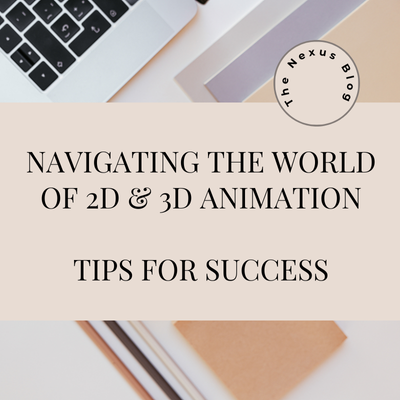Animation has become an integral part of modern storytelling, marketing, and entertainment. Whether it’s a captivating 2D animation or a lifelike 3D creation, mastering the art of animation can significantly enhance your ability to engage audiences. This blog explores essential tips for successful animation creation, delving into both 2D and 3D animation, motion design, current trends, and the power of storytelling through animation.
Understanding the Basics of Animation
Before diving into tips for success, it’s crucial to understand the fundamental differences between 2D and 3D animation:
2D Animation:
- Flat Design: Uses two-dimensional drawings to create movement.
- Traditional Techniques: Often involves hand-drawing each frame or using digital drawing tools.
- Common Uses: Cartoons, explainer videos, and educational content.
3D Animation:
- Depth and Realism: Utilizes three-dimensional models to create more lifelike animations.
- Advanced Software: Requires software like Blender, Maya, or 3ds Max for modeling, rigging, and animating.
- Common Uses: Movies, video games, virtual reality, and simulations.
Essential Tips for Animation Creation
1. Start with a Strong Concept
A compelling concept is the foundation of any successful animation project.
- Storyboarding: Create a storyboard to visualize the sequence of events and plan the animation.
- Character Development: Develop well-defined characters with unique personalities and backstories.
- Plot: Ensure your storyline is engaging, coherent, and aligns with your audience’s interests.
2. Master the Principles of Animation
The 12 principles of animation, originally developed by Disney animators, are crucial for creating fluid and realistic animations.
- Squash and Stretch: Give characters and objects a sense of weight and flexibility.
- Anticipation: Prepare the audience for a major action to make it more believable.
- Staging: Use clear and readable poses and compositions to guide the viewer’s attention.
- Follow Through and Overlapping Action: Ensure that parts of a character or object continue to move after the main action stops.
3. Choose the Right Tools and Software
Selecting the appropriate tools and software is essential for efficient animation production.
- 2D Animation Software: Adobe Animate, Toon Boom Harmony, and Moho.
- 3D Animation Software: Blender, Autodesk Maya, and Cinema 4D.
- Motion Design Tools: Adobe After Effects and Motion.
Check out Blender’s features to explore 3D animation capabilities.
4. Focus on Motion Design
Motion design enhances the visual appeal and effectiveness of your animations.
- Timing and Spacing: Control the speed and smoothness of movements to convey emotions and actions effectively.
- Easing: Apply easing in and easing out techniques to create natural-looking movements.
- Transitions: Use seamless transitions to maintain the flow of your animation.
5. Keep Up with Animation Trends
Staying updated with the latest animation trends helps keep your work fresh and relevant.
- Hybrid Animation: Combining 2D and 3D elements for a unique visual style.
- Minimalist Design: Using simple shapes and colors to create clean and modern animations.
- Interactive Animations: Incorporating interactive elements to engage viewers more deeply.
- Augmented Reality (AR) and Virtual Reality (VR): Exploring new dimensions and immersive experiences through AR and VR animations.
6. Emphasize Storytelling
Storytelling is at the heart of impactful animations. It’s the narrative that connects with the audience on an emotional level.
- Emotion and Expression: Use facial expressions and body language to convey emotions effectively.
- Pacing: Control the rhythm of your story to keep the audience engaged.
- Sound Design: Complement your visuals with sound effects and music to enhance the storytelling experience.
7. Test and Iterate
Continuous testing and iteration are key to refining your animations.
- Feedback: Gather feedback from peers, clients, and target audiences to identify areas for improvement.
- Revisions: Be prepared to make multiple revisions to perfect your animation.
- Usability Testing: For interactive animations, conduct usability testing to ensure a smooth and intuitive user experience.
8. Optimize for Different Platforms
Ensure your animations are optimized for various platforms and devices.
- Resolution and File Size: Balance high-quality visuals with manageable file sizes for faster loading times.
- Formats: Export animations in appropriate formats (MP4, GIF, WebM) for different uses.
- Responsive Design: Adapt your animations for different screen sizes and orientations.
Conclusion
Navigating the world of 2D and 3D animation requires a blend of creativity, technical skills, and an understanding of current trends. By starting with a strong concept, mastering animation principles, choosing the right tools, focusing on motion design, staying updated with trends, emphasizing storytelling, testing and iterating, and optimizing for different platforms, you can create captivating animations that engage and resonate with your audience.
___________________________________________________________
For expert animation services tailored to your business needs, contact us at Zomi Nexus. Let’s collaborate to bring your stories to life through the art of animation.











